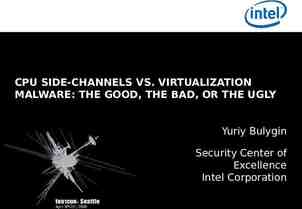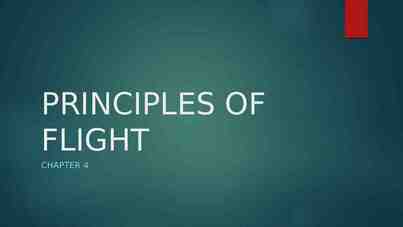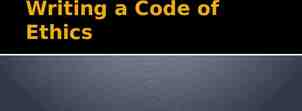Essay 2: Synthesis walkthrough Julie Townsend College Writing
13 Slides2.39 MB
Essay 2: Synthesis walkthrough Julie Townsend College Writing II Cleveland State University
Essay sequence reminder Essay 1 argument from experiences was all about your perspective. Essay 2 synthesis is changing the focus to a report on the academic research that has been done. You can find academic articles through Google Scholar and through the CSU library OneSearch (make sure that you are choosing academic articles to read from the library database).
See PowerPoint or video on how to retrieve academic articles for more information on that
Topic is still concerned with reading, writing, communication, and/or literacy. What academic research has been done on how professionals or students use reading, writing, communication, education, and literacy in your discipline? What academic research has been done on how communication is used in your job or a job adjacent to your job? (example: grocery store worker would be in the broader category of the service industry) What academic research has been done on communicating with technology in the specific context you are interested in? (example: how do college students use social media?) What academic research has been done on how people learn, teach, or communicate with the language you are interested in? What academic research has been done on your hobby (or adjacent hobby) and communication or literacy?
Essay requirements Requirements 1,600 words Summarize and connect three academic articles and Gee’s “What is Literacy?” Use APA or MLA in-text citation for paraphrasing and summary (including page numbers)
This is not a typical essay This essay is an exercise in relaying information about academic articles to the reader in your own voice and your own understanding.
The synthesis essay is kind of like a literature review in an academic article The literature review is where the writer of the study summarizes and connects around 15 to 20 of the most relevant existing studies to their review. The literature review shows readers that the writer has read existing studies and understands how their study adds to the existing research and builds on knowledge in the specific field. Example of article with a literature review https://csuohio.sharepoint.com/:b:/s/Coll egeWritingIITemplate/EdzOaw6NhaNKs W6-OUoJuL4BRiQ7PmY0FJ-BiuYSeGqOiw ?e buudqv
What I am looking for: 1.) you discuss Gee’s “What is Literacy?” You discuss Gee’s “What is Literacy?” in relation to at least one of the academic articles that you are also writing about. For instance: how does the other academic article discuss primary discourse, secondary discourse, learning, acquisition, or literacy? Make sure to define these words for the reader. Assume that the reader has not read any of the articles. The terms in Gee’s ”What is Literacy?” can be applied across any discipline. Link to Gee’s “What is Literacy?”
2.) You fully discuss three academic articles (published less than 2 years ago, preferably) a.) Where does the article you are summarizing fit with other academic articles that are in the same conversation? You can find this in the article’s introduction (literature review/background/introduction and conclusion). b.) What is the point of the article? You can find this in the article’s introduction and conclusion. c.) How did the authors of the study come to their findings? You can find this in the introduction and methods. d.) What kind of findings did the authors come up with? You can find this in the findings, data, discussion, and/or conclusion sections. e.) What is the meaning of the findings? You can find this in the conclusion. f.) What studies are needed after the study that the authors did? You can find this in the conclusion or come up with your own answer after reading the article. What did the authors miss? g.) How does this study relate to the other studies in your synthesis?
Introduction 3.) You use an introduction, organization, and transitions to help the reader You can use the word “I” in this essay (and all essays for this class). You could start with why you chose the topic and a summary of what you found in the data bases. How do you personally feel about what you found? Transitions How are the articles different or the same? How do both articles relate to Gee’s terms? Conclusion What did you take away from doing the essay? What did you learn about how academic researchers study the topic you chose?
4.) I am looking for correct citation and minimal direct quotes Since this an essay all about sources, I am going to focus on your in-text citation. Use direct quotes sparingly (only twice for the essay with less than two lines per quote). I want to see the essay through your words and understanding, not through the author’s words. Tip: pretend like you are explaining the article to someone in sixth grade. Even for paraphrasing, reference the page number of where you found the information in your source. There should be a lot of page numbers throughout your essay in the in-text citation. See PPT/video on citation for more details
5.) Use recent articles by limiting your search results to only recent publications. For some topics, you might need to go back further if not much work is published on the topic. But try first to look for articles published within the last two years. This will be especially relevant for topics related to technology, social media, or a topic related to communication or health literacy during the COVID-19 pandemic.
Look at the student examples from previous semesters There are lots of ways to approach the essay regarding organization and how you write about the essays. I’ve given you a lot of guidelines, but hopefully you still have room to use your own writing style and writing processes. Look at the student examples in the SharePoint or on Blackboard to see the variety of styles and organizational formats that are possible. https://csuohio.sharepoint.com/:f:/s/CollegeWritingIITemplate/Ep-MgXi wKgVNscmFTQXPbrMBKGm7XSZeVd5vVs1ozN5BhA?e gcD3kT


















